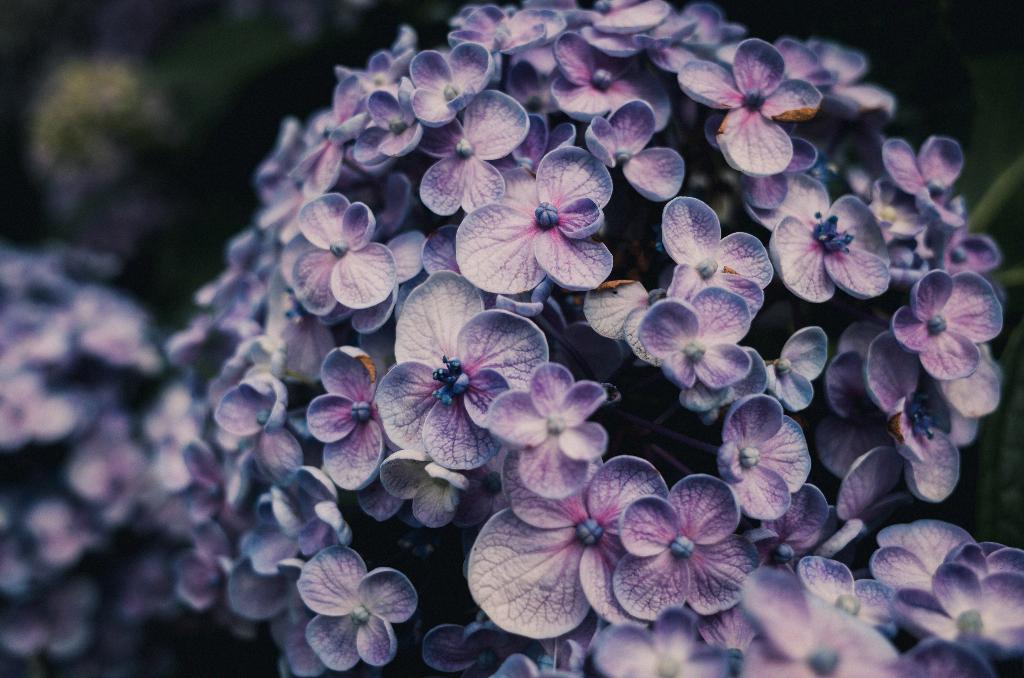Before you embark on transplanting your beloved lilac bush, it is essential to make adequate preparations. You will need to dig a foot-deep trench around the circumference of the shrub, approximately 1 1/2 feet from the trunk. This trenching process helps in loosening the roots and preparing the plant for relocation.
Protecting the Lilac Bush During Transplantation
Once the trench is dug, it is crucial to fill it with straw to provide insulation and protection to the roots during the transplantation process. The straw helps in maintaining moisture levels and shielding the roots from potential damage.
Watering the Lilac Bush
Proper hydration is key when it comes to transplanting a lilac bush. It is essential to water the shrub well before the actual transplantation, ensuring that the roots are adequately moist but not oversaturated. Overwatering can lead to root rot, so it is crucial to strike the right balance.
Choosing the Right Time for Transplantation
The ideal time to transplant a lilac bush is either at the beginning or end of winter. During these periods, the plant is dormant, making it less susceptible to transplant shock. Transplanting during this time also allows the shrub to establish itself in its new location before the growing season begins.
Transplanting Process
To begin the actual transplantation process, carefully dig up the lilac bush, ensuring that you extract a sufficient root ball. Once the root ball is exposed, gently transfer it onto a heavy tarp to facilitate transportation to its new location. Take care not to damage the roots during this crucial step.
Transporting the Lilac Bush
Using the heavy tarp, carefully transport the lilac bush to its new planting site. Be cautious during transit to avoid jostling the shrub and causing unnecessary stress to the roots. Secure the root ball well on the tarp to prevent any dislodgment during transportation.
Planting the Lilac Bush in its New Location
Upon reaching the designated planting site, carefully lower the lilac bush into the prepared hole. Ensure that the depth of the hole matches that of the root ball to prevent the plant from settling too low or too high in the soil. Gently backfill the hole, patting the soil around the shrub to remove any air pockets.
Caring for the Transplanted Lilac Bush
Following the transplantation, it is crucial to provide adequate care for the lilac bush to help it acclimate to its new surroundings. Regular watering, especially during the first few weeks, is essential to support root establishment and growth. Additionally, applying a layer of mulch around the base of the shrub can help retain moisture and suppress weed growth.
Monitoring the Lilac Bush Post-Transplantation
After transplanting the lilac bush, it is important to monitor its progress closely. Keep an eye out for any signs of stress, such as wilting or yellowing leaves, and take prompt action to address any issues that may arise. With proper care and attention, your transplanted lilac bush should thrive in its new location.
Ensuring Successful Establishment
To ensure the successful establishment of your transplanted lilac bush, continue to provide it with the necessary care and attention. Regular watering, fertilizing, and pruning will help the shrub acclimate to its new environment and flourish in its new home. With patience and diligence, your lilac bush will continue to delight you with its fragrant blooms for years to come.
Conclusion
Transplanting a lilac bush may seem like a daunting task, but with proper preparation and care, it can be a rewarding experience. By following the steps outlined above and providing your shrub with the necessary TLC, you can successfully transplant your lilac bush and enjoy its beauty in a new location.

